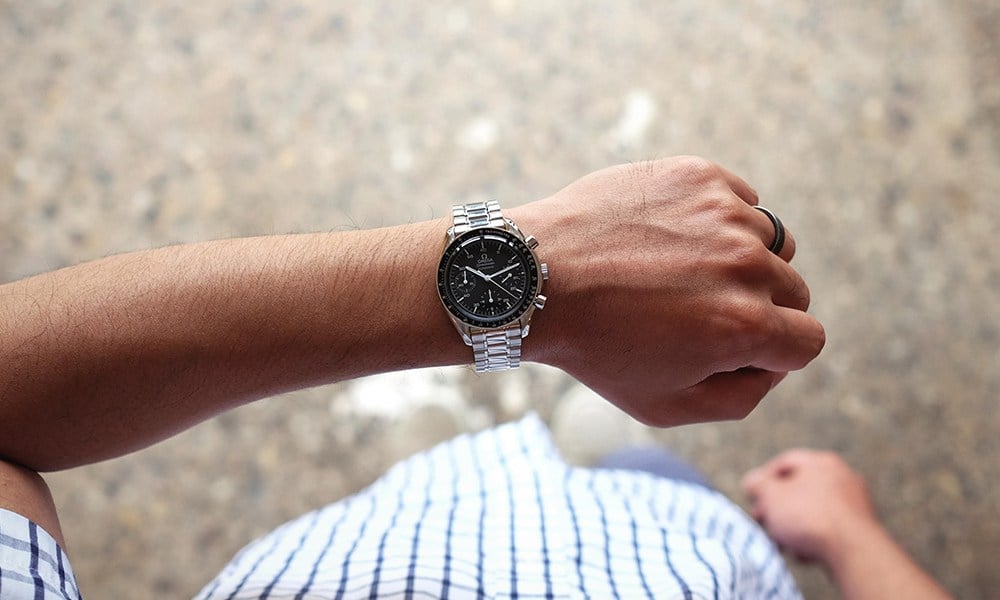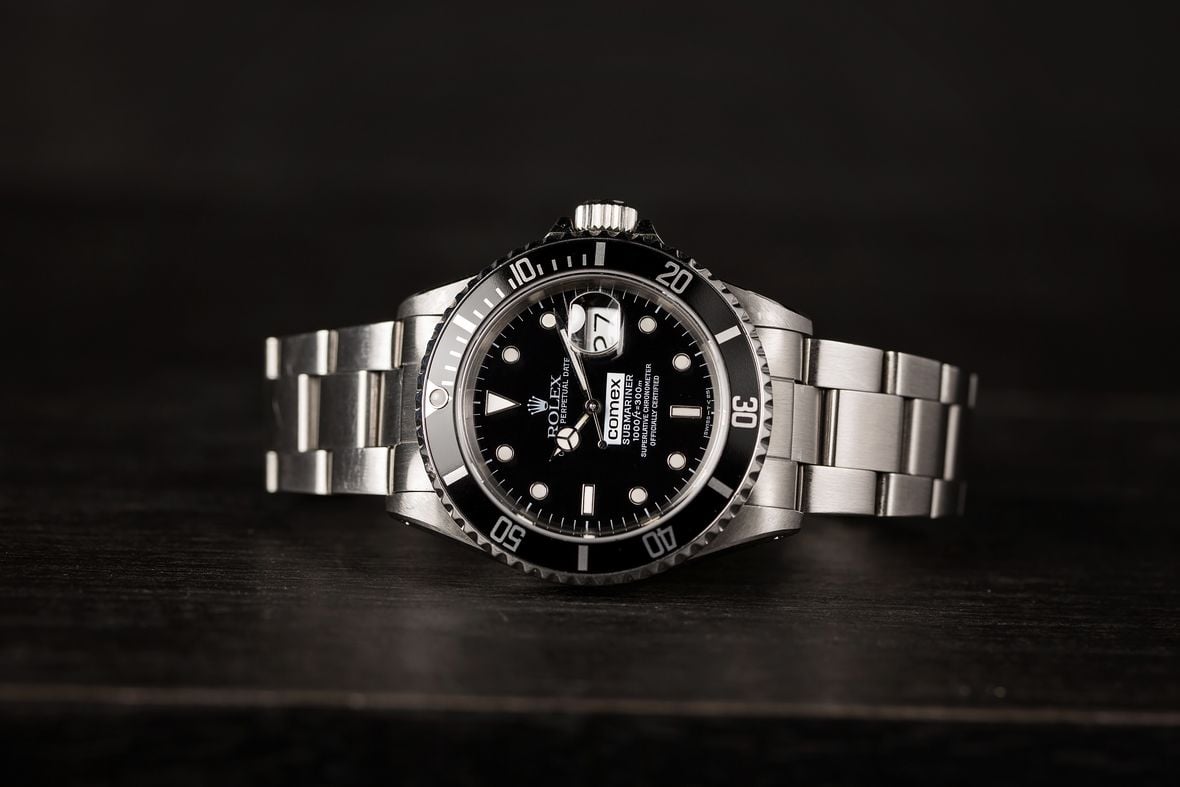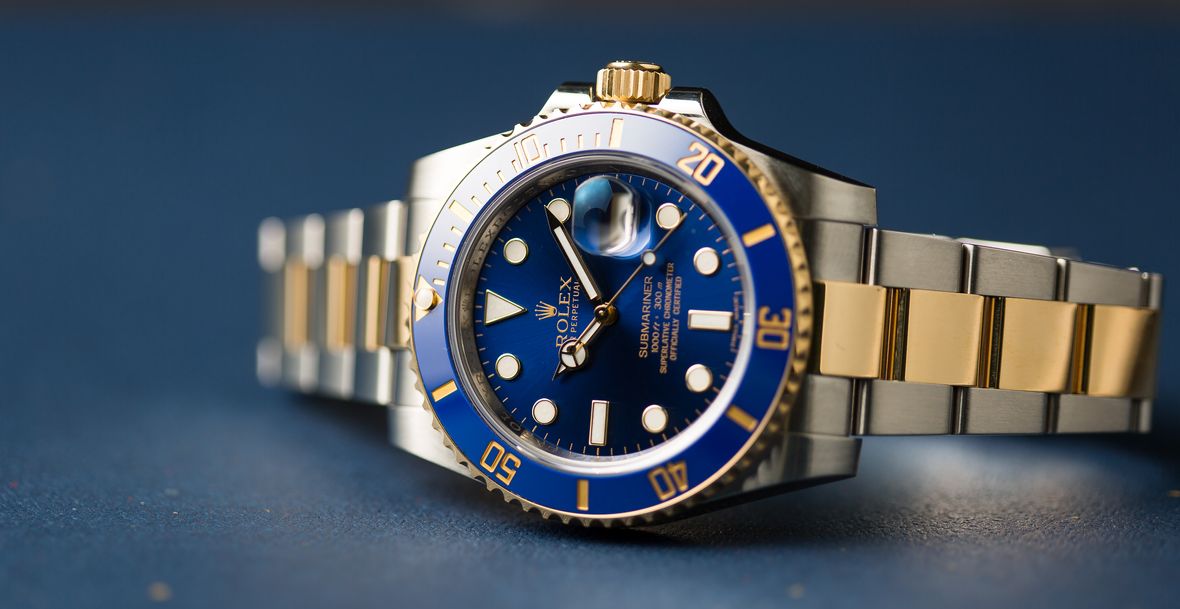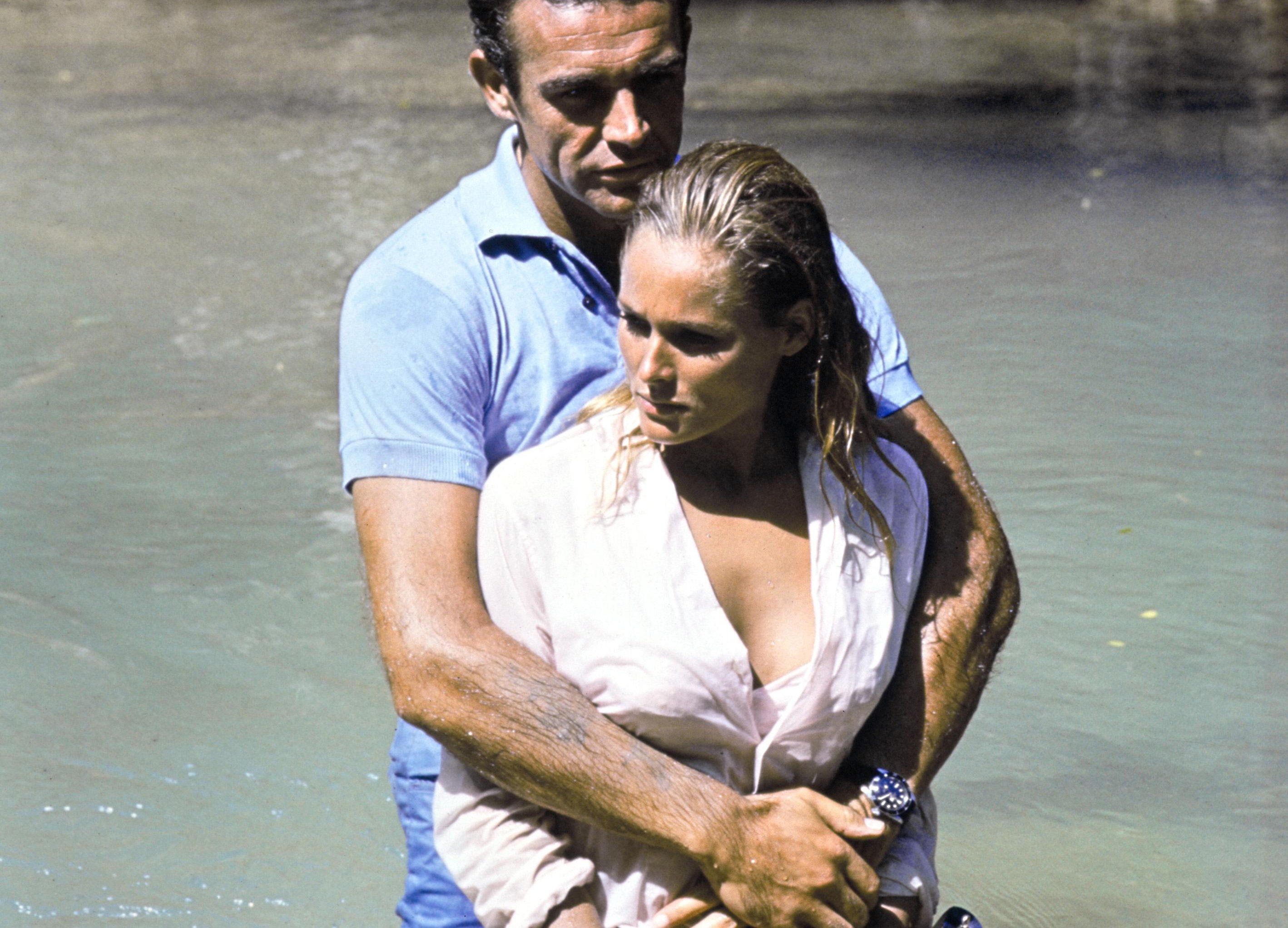There’s no such thing as an apathetic Rolex Explorer II collector. Spend time in the company of any aficionado of the brand and you’ll be left in no doubt of their passion and, even more so, their views.
Among the many disputes that regularly split opinion across the full spectrum of fans is the perennial ‘modern versus vintage’ debate. While few would argue that the watchmaker’s contemporary models are superior technically to their predecessors, with many of them evolving through several decades of unrelenting improvement, certain factions grumble that the original Rolex essence has been lost in more recent times. What were once the ultimate tool watches for serious professionals and a match for the cruelest environments on the planet, whether above ground or deep underwater, were becoming seen more as marks of wealth and success; jewelry, in other words.
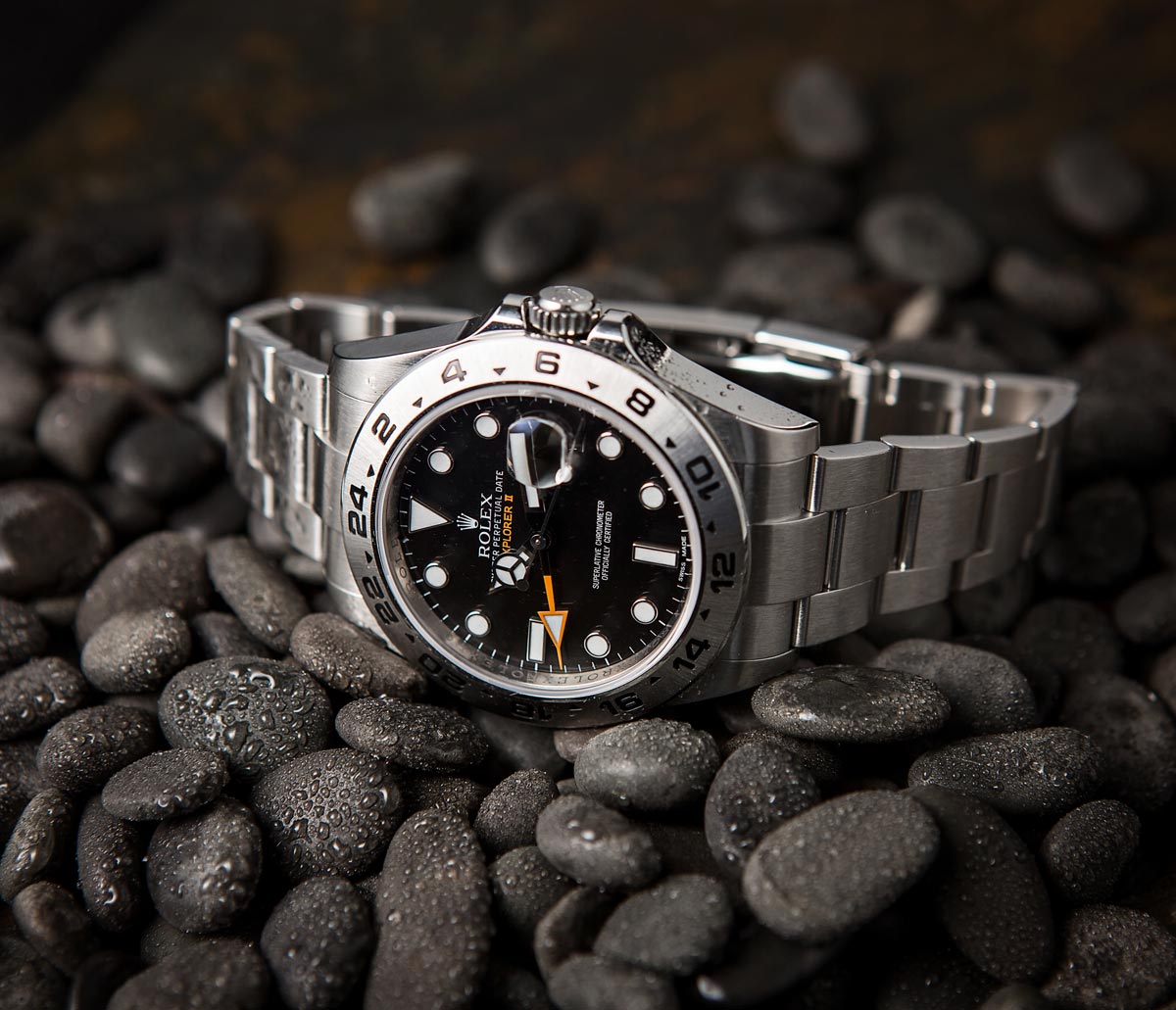
There’s no doubt the latest generation of Rolex’s sports models are their most capable yet. But the all-consuming popularity of the brand as a status symbol have left some die-hards reminiscing on the good old days when you were more likely to see one of these critically reliable instruments on top of a forbidding glacier than around a boardroom table.
With the emblematic Submariner and Daytona being released in a series of precious metal versions that no professional in their right mind would use for their original intended purpose, perhaps Rolex was looking for a way to please their more traditionally minded customers.
Enter, the Explorer II.
A History of Exploration
Rolex’s association with the pioneering explorers of this world goes back to the middle of last century, when a prototype of the watch that would go on to become the first Explorer accompanied Hillary and Norgay to the highest point on earth. The successful summiting of Everest in 1953 laid the groundwork for more than 60 years of innovation that has today led to one of the brand’s purist and most underrated offerings.
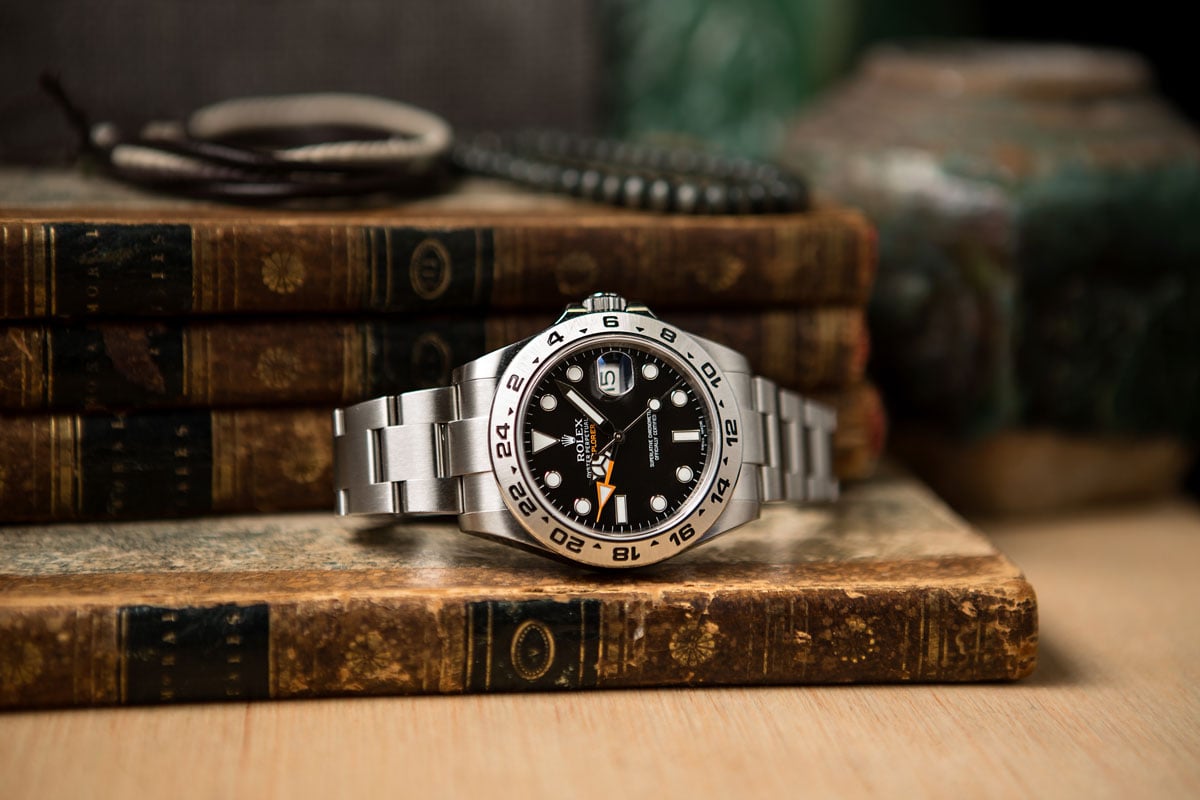
The Rolex Explorer was among the first of Rolex’s line up built for serious professionals and today stands alongside the Yacht-Master as the only watch in the catalog with two versions running simultaneously. Much like those nautically themed offerings, the Explorer and Explorer II are completely different animals.
Released in 1971, the original Rolex Explorer II 1655 was aimed at adventurers whose lives play out at the very extremes of the earth. The bright orange GMT hand and 24-hour bezel meant wearers could tell at a glance whether it was day or night. For those spending weeks in subterranean caves or their summers exploring the poles where the sun never sets, becoming disoriented is practically guaranteed. The now iconic ‘Freccione’ (Italian for ‘arrow’) hand circles the watch once a day, pointing out the hour on the engraved bezel markers.
Never a blockbuster seller on its release, its reputation received a significant boost through a case of Hollywood mistaken identity. An indistinct photo of legendary actor Steve McQueen supposedly wearing an Explorer II, which was in fact more likely to be his favorite Rolex Submariner 5512, means that the vintage model is now and will forever be known as the ‘Steve McQueen Explorer’.
That version, only available with a black dial and sporting its ‘phantom hands’, is highly sought after on the pre-owned market by the most immovable of Rolex advocates, who cite it as one of the last of the tool watches to stay absolutely true to the brand’s origins.
The Rolex Explorer II ref. 216570 in Black
After a transitional model in 1985, the Rolex 16550, that did away with the trademark orange on the GMT hand and missed the mark completely with followers, the latest iteration of the Explorer II was launched in 2011 to celebrate its 40th anniversary, with a very healthy dose of retro styling thrown in.
As we discussed in our Rolex 16550 review, it wouldn’t be fair to call today’s watch a tribute to that long ago Steve McQueen reference, there are enough styling cues in its design to make you think that Rolex has done that most un-Rolex of things and been influenced by the brand faithful.
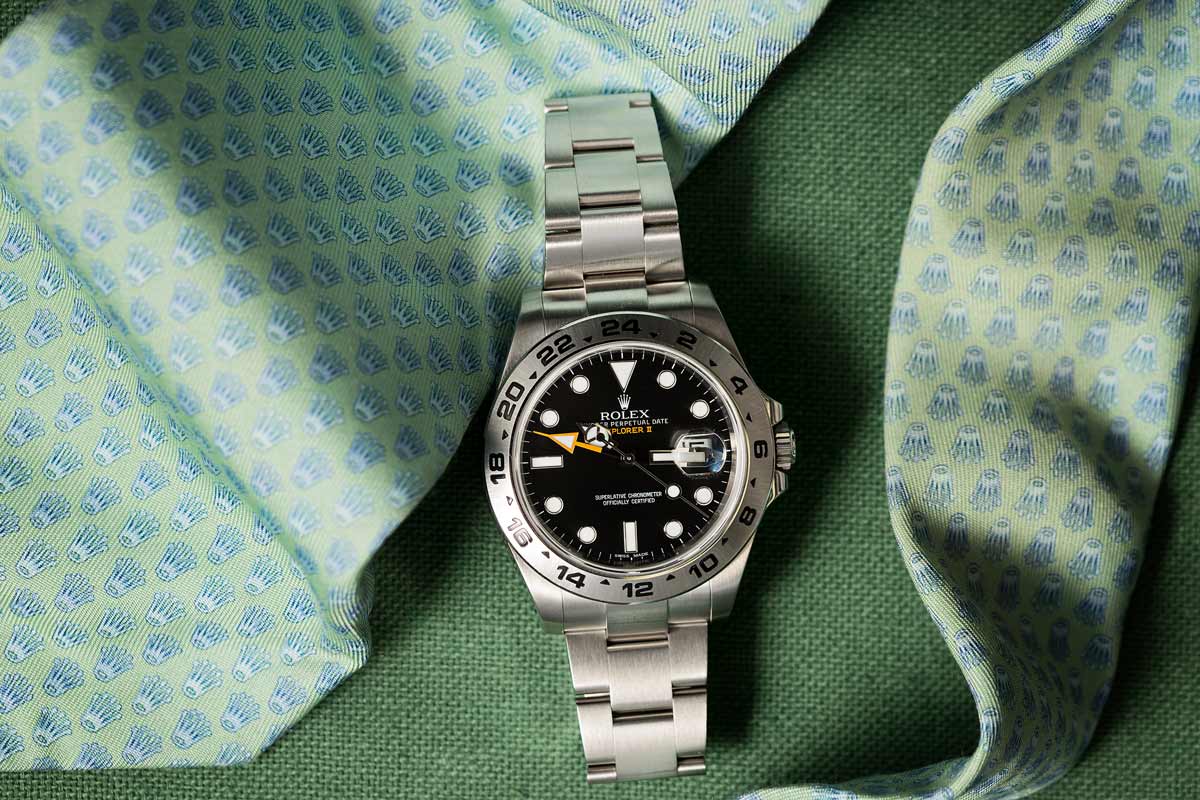
The Rolex 216570 is most certainly its own entity, but one with more than a few knowing nods to its ancestors, reworked to appeal to contemporary fans. As mentioned in our Rolex 16550 review, the most obvious difference is in its size. At 42mm, it is noticeably larger than any of its previous models, and one of the largest in the Rolex range as a whole.
The maxi dial is also perhaps the boldest and most legible of all the sports watches. Its outsized markers and fat hands are coated in Chromalight, the patented blue luminescent coating that glows longer than any of the previous lumes – ideal for when you haven’t seen the sun for a while.
Inside, the 3187 caliber is the first movement developed specifically for the Explorer range, the previous watches having shared mechanisms with the GMT-Master series. An extremely robust caliber, its only difference from the 3186 found in the latest GMT-Master II is the replacement of the KIF shock absorber with Rolex’s own Paraflex system. Otherwise, it retains exactly the same features, including the Parachrom Bleu hairspring that is resistant to magnetic fields and, crucially for the type of environments that the Explorer II ref. 216570 calls home, is unaffected by changes in temperature.
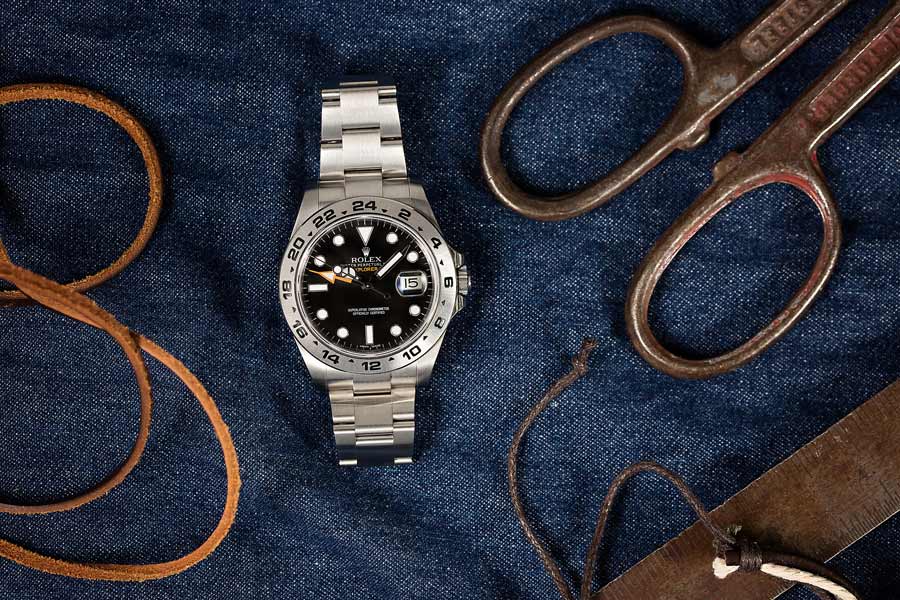
But it’s the return of several of that original ref. 1655’s quirks that has delighted the old guard of Rolex enthusiasts and given the Explorer II a real boost in popularity with those looking for something a little different.
Most notably, the bright orange Freccione hand is back, an unmistakable element conspicuous by its absence since the eighties.
Available in white, or Polar, it’s the black dial version that harks back so convincingly to the Explorer II’s first generation. The beautiful satin finish on the face gives it an altogether more subdued look to that found on the Submariner or GMT, and the black base on the hands give them a floating, or ‘phantom’ effect over the dial.
The sapphire crystal stands very slightly raised, with the advantage of letting more light fall on the watch face to further improve legibility, and the Cyclops lens over the date at 3 o’clock has received an anti-reflective coating, making it much easier to read.
In an age of Cerachrom inserts and highly polished finishes, the Explorer II ref. 216570 further separates itself from the pack by keeping its brushed steel case and Oyster bracelet. It’s less luxurious and ‘go with anything’ than the other sports models, but sticks closer to its tool-like roots.
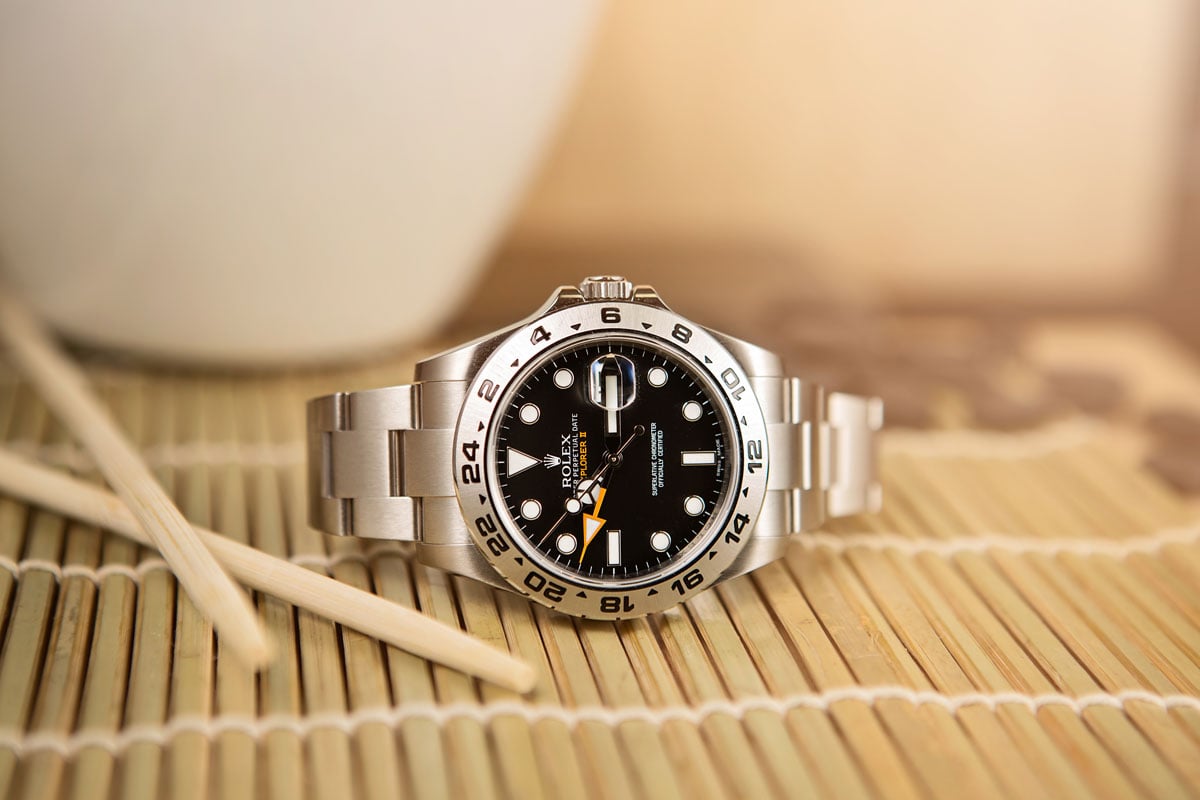
The Purist’s Rolex
For many, the Explorer II has always been the forgotten Rolex, adrift in a sea of Submariners, Daytonas and GMTs. Today, with its unashamedly utilitarian styling, it’s enjoying a revival among a certain section of devotees who crave a reminder of just why they fell in love with the brand in the first place.
It’s a watch that has been tested in the harshest environments possible and come up smiling, and makes an imposing addition to any collection.


